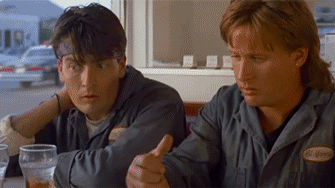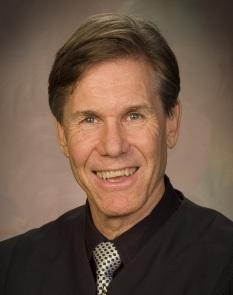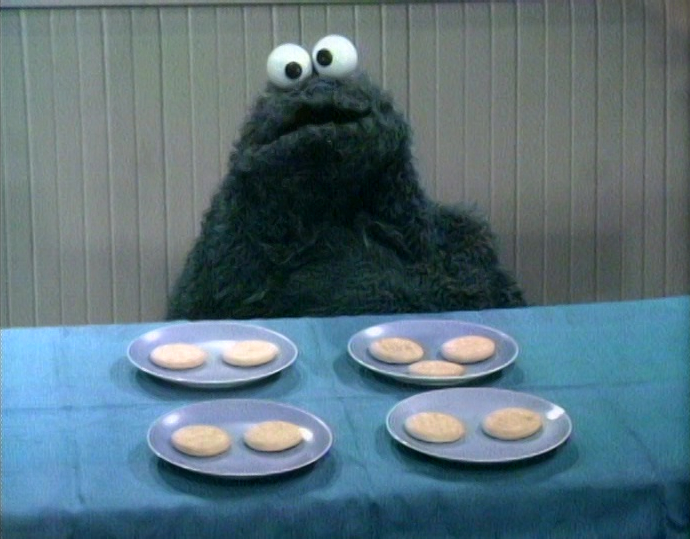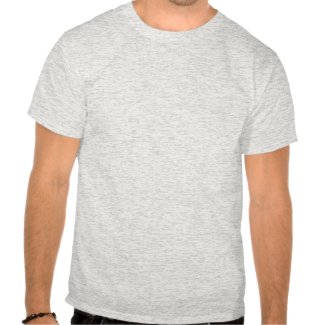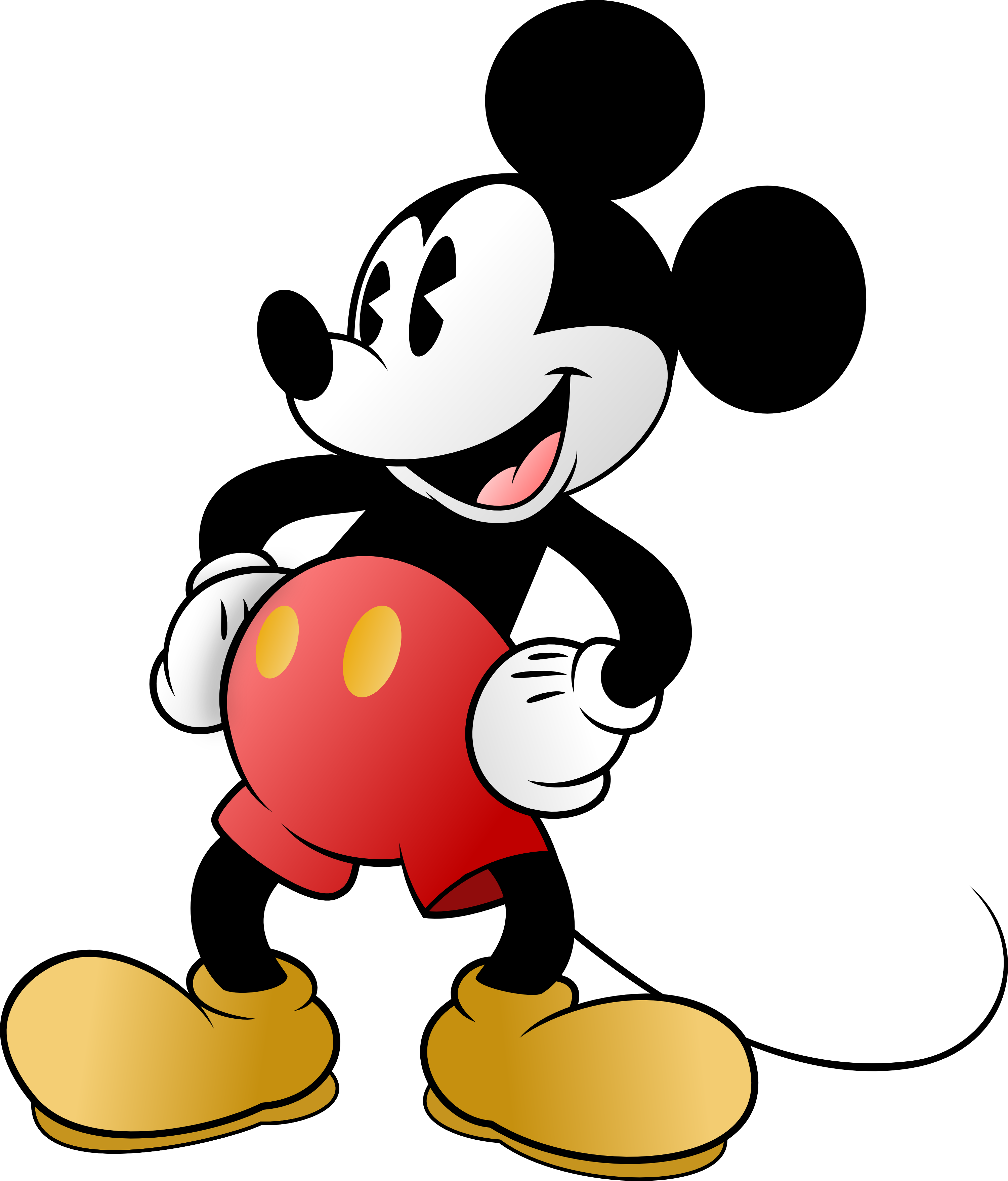 |
| Smile! |
There's been a lot of hand-wringing in the blogosphere about U.S. patent 8,676,045, assigned to Amazon. Figure 2 of the patent is shown above.
The patent has been described as covering "a way of taking pictures of things against a white background." That description, in combination with the figure shown above, makes this sound like yet another outrageous screw-up by the USPTO, which has now decided that it's going to grant patents on anything.
This is, of course, complete bulls&*t.
Here's claim 1:
1. A studio arrangement, comprising:
a background comprising a white cyclorama;
a front light source positioned in a longitudinal axis intersecting the background, the longitudinal axis further being substantially perpendicular to a surface of the white cyclorama;
an image capture position located between the background and the front light source in the longitudinal axis, the image capture position comprising at least one image capture device equipped with an eighty-five millimeter lens, the at least one image capture device further configured with an ISO setting of about three hundred twenty and an f-stop value of about 5.6;
an elevated platform positioned between the image capture position and the background in the longitudinal axis, the front light source being directed toward a subject on the elevated platform;
a first rear light source aimed at the background and positioned between the elevated platform and the background in the longitudinal axis, the first rear light source positioned below a top surface of the elevated platform and oriented at an upward angle relative to a floor level;
a second rear light source aimed at the background and positioned between the elevated platform and the background in the longitudinal axis, the second rear light source positioned above the top surface of the elevated platform and oriented at a downward angle relative to the floor level;
a third rear light source aimed at the background and positioned in a lateral axis intersecting the elevated platform and being substantially perpendicular to the longitudinal axis, the third rear light source further positioned adjacent to a side of the elevated platform; and
a fourth rear light source aimed at the background and positioned in the lateral axis adjacent to an opposing side of the elevated platform relative to the third rear light source; wherein
a top surface of the elevated platform reflects light emanating from the background such that the elevated platform appears white and a rear edge of the elevated platform is substantially imperceptible to the image capture device; and
the first rear light source, the second rear light source, the third rear light source, and the fourth rear light source comprise a combined intensity greater than the front light source according to about a 10:3 ratio.
Now, if you know anything at all about patents, you're looking at that claim and thinking, quite correctly, that it's got so many elements that nobody will ever infringe it.
Ever ever ever.
So the question to ask is not "how did this patent ever get issued?" It's "why did Amazon bother to prosecute it in the first place?"
